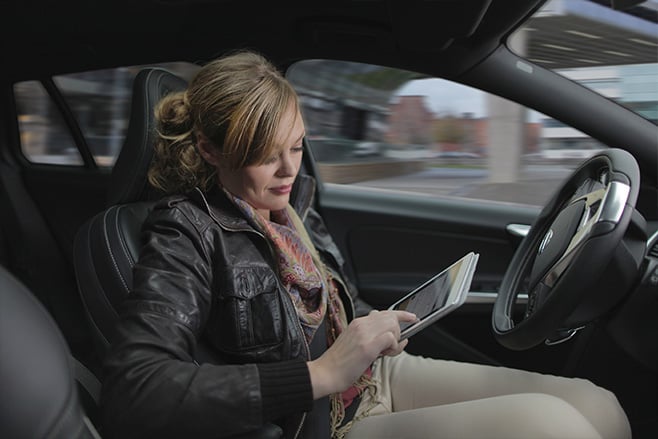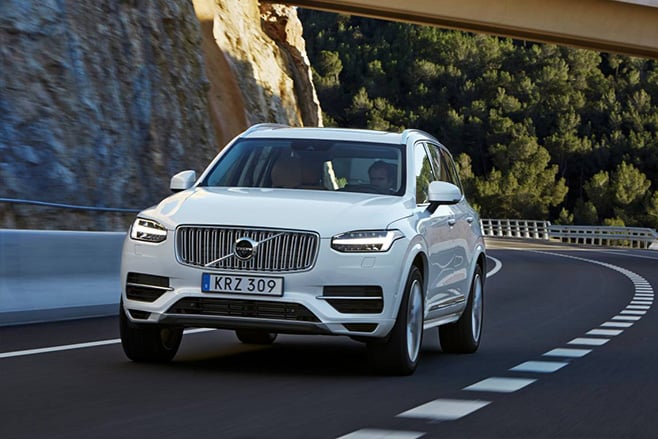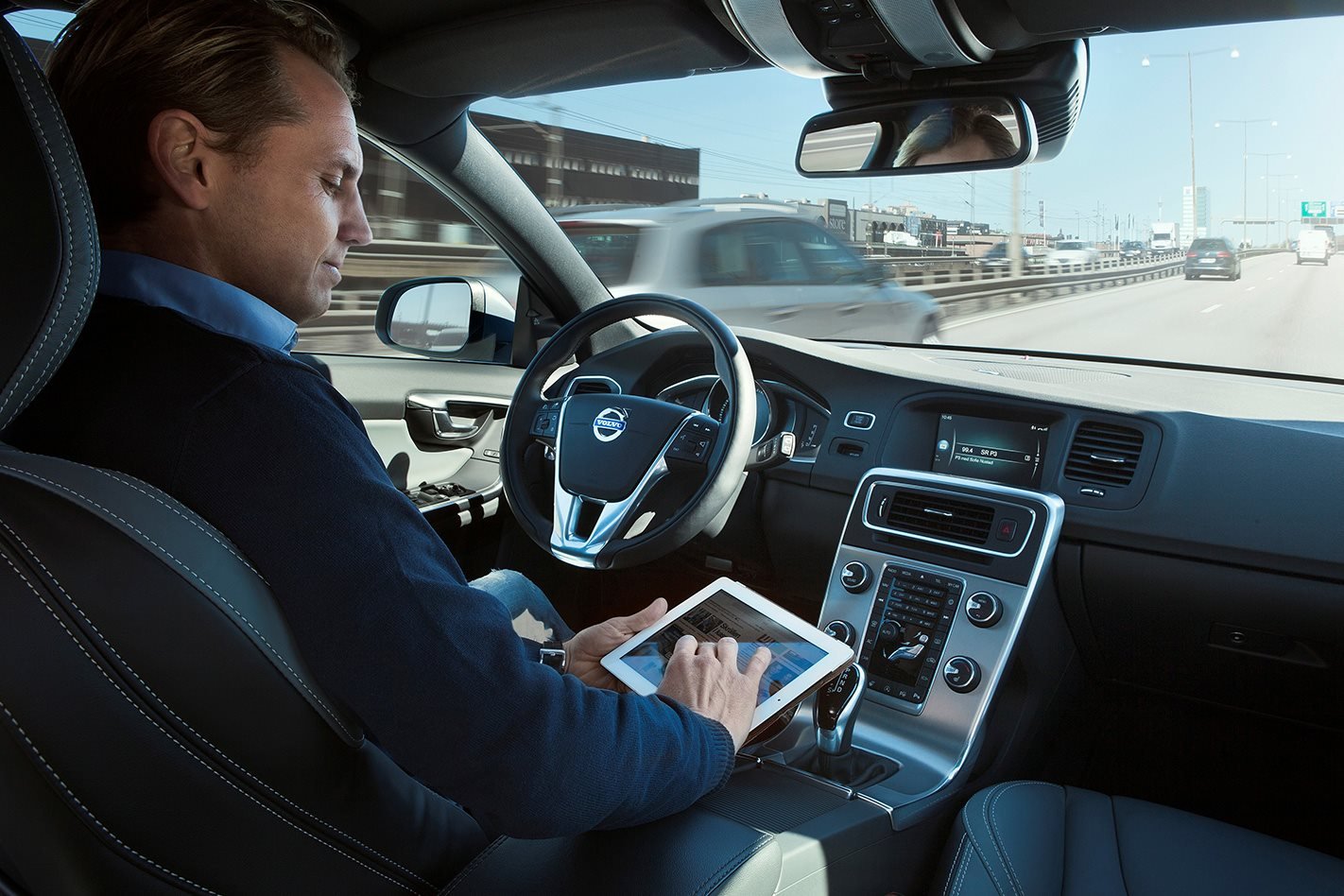ADELAIDE will become the nation’s crash test dummy for self-driving cars later this year. But its move may be too little, too late, the architect of the first trials of the technology in Australia admits.
Speaking to Wheels in an exclusive interview just a day after announcing South Australia would test self-driving vehicles on its roads in early November, Transport and Infrastructure Minister Stephen Mullighan said the nation’s laws were already blocking new driver assist technologies from arriving here.
“A car which can detect a sign on the side of the road and that that’s the speed limit, and it can govern itself accordingly, that’s obviously a good thing,” Mullighan says. “This is the sort of thing we need to get cracking with.
“Not having those technologies offered to the Australian market, it’s a shame for convenience’s sake,” he says. “It’s costing us, socially and economically, what is likely to be very significant amounts going forward as we see the benefits of these autonomous capabilities come into markets from car manufacturers.”

However, Mullighan says Australia will also need to change its design rules that, at the moment, act like a handbrake on emerging driver assist technologies rather than encouraging their adoption.
November’s trials, using a self-driving Volvo XC90, will help the state identify what it will need to do in terms of modifying infrastructure such as speed signs and road surface line markings, to pave the way for autonomous cars that will be as comfortable on our roads as they are in any other major city worldwide.

But Mullighan admits the trials will do little to change the fortunes of tens of thousands of the state’s automotive workers, both at Holden and at car parts suppliers, who will lose their jobs once Australian manufacturing is switched off in late 2017.
Like the drivers who will free up time behind the wheel, the South Australian government has much to gain from the self-driving shift.
As well as the obvious road safety benefits from fewer crashes related to human error, Mullighan says smart roads such as Adelaide’s newly developed Southern Expressway (which will host the trials) would become more efficient at moving traffic, meaning the state would need to spend less hard-to-find cash on improving or building new road infrastructure to cope with congestion.
“The research varies on what the potential congestion benefits are to our road network, but some estimates are as high as being able to accommodate up to four or five times the number of vehicles on our roads with the current road network capacity, which for people with the responsibility of funding and maintaining our roads is obviously … that poses a tremendous benefit,” he said.
The next step for the government, Mullighan said, would be convincing other Australian states and technologies to also change their road rules, so that a self-driving South Australian car did not suddenly become illegal if it strayed over the border.
Changing Direction
AS WELL as studying how autonomous cars will interact with Adelaide’s roads, the South Australian government is keen to gain a sense of how we are likely to change the way we use vehicles when they can drive themselves.
Mullighan sees cars becoming more “productive”, with the potential for commuters to do work instead of concentrating on their driving, and performing multiple tasks throughout the day such as running the children to school or taking elderly people to the doctor.
One thing he is a bit cold on, though, is the suggestion by some studies that autonomous cars could be able to travel at much higher speeds on roads than conventional vehicles
“I think we have to be realistic in that we’re looking at a gradual integration of these vehicles on our roads, and you can imagine the sorts of complexities and difficulties in having a speed limit which applied to one vehicle, and a different speed limit which applied to the next one behind it,” he says.
“So I think there will come a time some way down the track in the future when these are the vast majority if not all of the fleet in Australia, but that is some time off.”
Let’s take a selfie
Tesla Model S
TESLA is expected to switch on more of its dormant autonomous car functions in Australia with a software update due in the next few months. Most of the Californian electric car maker’s vehicles sold here have the self-drive hardware in place, waiting for laws to catch up.
Google car
DEVELOPED from modified road-going cars and in reality more a battery-powered pod than a road-going vehicle, Google’s US-only experiment is the most advanced self-driving project so far. It has a steering wheel only because California’s politicians said it had to have one.
Project Titan
THE so-called Apple Car is fuelled more by speculation and rumour than by hydrogen or electricity. The signs, such as poaching key car industry heavyweights and clandestine BMW factory visits, all point to the iCar being a real-world project. The lack of a car, though, says no.
Volvo XC90
SWEDISH carmaker Volvo has built its own small village inside a proving ground to help it shape its self-aware cars. Volvo has been at the cutting edge of the tech’s development, testing a daisy chain of cars that follow the leader at high speed, and even remote self-parking.
Sign up here to receive the latest round-up of Wheels news, reviews and video highlights straight to your inbox each week.





